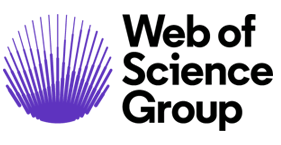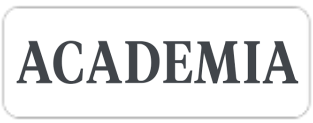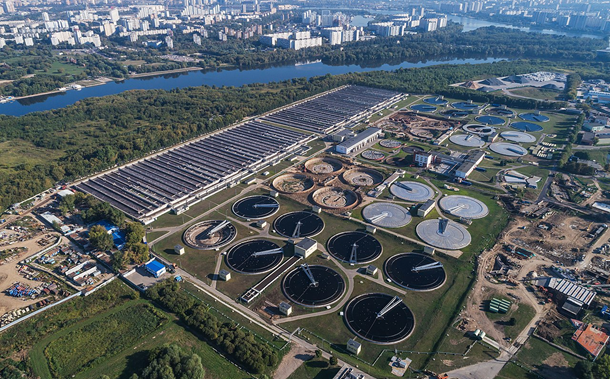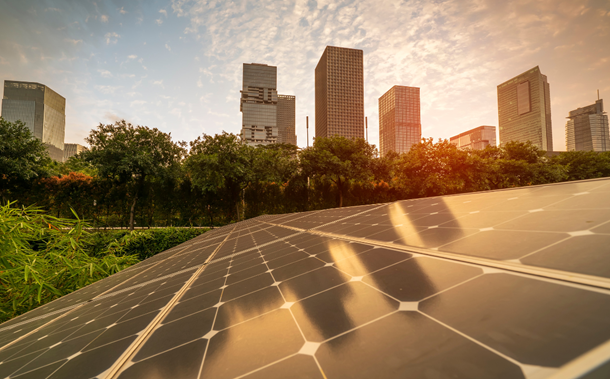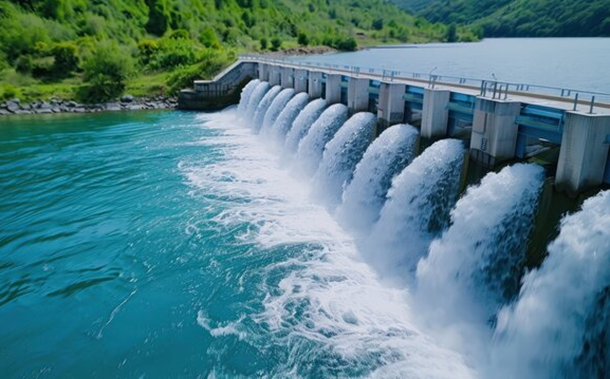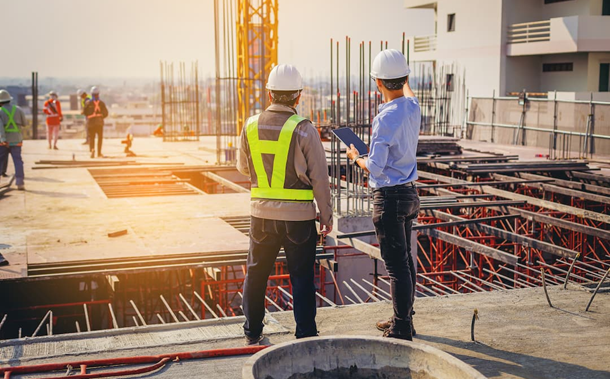A Novel Approach to Selecting Rational Supports for Underground Mining Workings
Downloads
Doi:10.28991/CEJ-2025-011-03-022
Full Text:PDF
Downloads
[2] Begalinov, A., Almenov, T., Zhanakova, R., & Bektur, B. (2020). Analysis of the stress deformed state of rocks around the haulage roadway of the beskempir field (Kazakhstan). Mining of Mineral Deposits, 14(3), 28–36. doi:10.33271/mining14.03.028.
[3] Bakhramov, B., Begalinov, A., & Almenov et al. (2015). Method of development of steeply falling vein deposits. Patent No. 30460 for Invention of the Republic of Kazakhstan, Astana, Kazakhstan.
[4] Begalinov, A., Serdaliev, E., Almenov, T., Iskakov, E., Amanzholov, D., & Bahramov, B. (2012). Improvement of mining of gold-bearing ores of Akbakai ore field. Mining Journal of Kazakhstan, 12, 4–8.
[5] AK Altynalmas JSC (ALMS). (2020). Stripping and development of reserves of Beskempir and Aksakal deposits. Kazakhstan Stock Exchange JSC, Almaty, Republic of Kazakhstan.
[6] Korchak, S. A., Abaturova, I. V., Savintsev, I. A., & Storozhenko, L. A. (2021). Methodology for Studying the Fracturing of Rock Massifs at Different Stages of the study of Mineral Deposits. Engineering and Mining Geophysics 2021, 1–11. doi:10.3997/2214-4609.202152066.
[7] Makhanov B. (2023). Sustainability Report "Golden Prospects for a Sustainable Future 2023” Joint Stock Company "AK Altynalmas", p. 114. Available online: https://www.altynalmas.kz/inform/reports (accessed on February 2025).
[8] Matayev, A., Abdiev, A., Kydrashov, A., Musin, A., Khvatina, N., & Kaumetova, D. (2021). Research into technology of fastening the mine workings in the conditions of unstable masses. Mining of Mineral Deposits, 15(3), 78–86. doi:10.33271/MINING15.03.078.
[9] Yu, M., Zuo, J., Sun, Y., Mi, C., & Li, Z. (2022). Investigation on fracture models and ground pressure distribution of thick hard rock strata including weak interlayer. International Journal of Mining Science and Technology, 32(1), 137–153. doi:10.1016/j.ijmst.2021.10.009.
[10] Elrawy, W. R., Abdelhaffez, G. S., & Saleem, H. A. (2020). Stability assessment of underground openings using different rock support systems. Mining Geology and Petroleum Journal, 35(1), 49–64. doi:10.17794/rgn.2020.1.5.
[11] Feng, G., & Wang, P. (2020). Simulation of recovery of upper remnant coal pillar while mining the ultra-close lower panel using longwall top coal caving. International Journal of Mining Science and Technology, 30(1), 55–61. doi:10.1016/j.ijmst.2019.12.017.
[12] Abramkin, N. I., Mansurov, P. A., & Kuzina, A. V. (2024). Rationale for underground coal combustion. AIP Conference Proceedings, 3183, 080001. doi:10.1063/5.0244068.
[13] Ligotsky, D. N., & Argimbaeva, K. V. (2023). Effect of grain size distribution of tailings during the formation of technogenic deposit on the fragmentation index. Sustainable Development of Mountain Territories, 15(2), 275–282. doi:10.21177/1998-4502-2023-15-2-275-282.
[14] Waqar, M. F., Guo, S., & Qi, S. (2023). A Comprehensive Review of Mechanisms, Predictive Techniques, and Control Strategies of Rockburst. Applied Sciences (Switzerland), 13(6), 3950. doi:10.3390/app13063950.
[15] Yu, X., Lv, S., Luo, Y., Liu, P., Fu, H., & Zhou, Y. (2024). Research on Support Technology for Unstable Roof Roadway Under Abandoned Roadways in Ultra-Thick Coal Seam. Processes, 12(12), 2886. doi:10.3390/pr12122886.
[16] Ren, H., Dai, L., Pan, Y., Wang, A., & Xiao, Y. (2025). Instability mechanism of composite structure involved coal pillar and key strata induced by multi-face mining. Geomatics, Natural Hazards and Risk, 16(1), 2453085. doi:10.1080/19475705.2025.2453085.
[17] Zhang, L. (2004). Drilled shafts in rock: analysis and design. CRC Press, London, United Kingdom. doi:10.1201/9780203024423.
[18] Yussupov, K., Aben, E., Akhmetkanov, D., Aben, K., & Yussupova, S. (2023). Investigation of the solid oxidizer effect on the metal geotechnology efficiency. Mining of Mineral Deposits, 17(4), 12–17. doi:10.33271/mining17.04.012.
[19] Petlovanyi, M., Sai, K., Khalymendyk, O., Borysovska, O., & Sherstiuk, Y. (2023). Analytical research of the parameters and characteristics of new "quarry cavities – backfill material” systems: Case study of Ukraine. Mining of Mineral Deposits, 17(3), 126–139. doi:10.33271/mining17.03.126.
[20] Elbialy, S., Elfarnsawy, M., Salah, M., Abdel-Aziz, A., & Ibrahim, W. (2025). An Experimental Study on Steel Fiber Effects in High-Strength Concrete Slabs. Civil Engineering Journal (Iran), 11(1), 215–229. doi:10.28991/CEJ-2025-011-01-013.
[21] Akpanbayeva, A., & Issabek, T. (2023). Assessing a natural field of rock mass stress by means of in-situ measurements within Vostochnaya Sary-Oba deposit in Kazakhstan. Mining of Mineral Deposits, 17(3), 56–66. doi:10.33271/mining17.03.056.
[22] Izotova, V., Pankratova, K., & Pospehov, G. (2019). Analysis of the Vibration Impact on the Soils of Vasilyevsky Island of St. Petersburg. Akustika, 32, 332–334. doi:10.36336/akustika201932332.
[23] Akishev, K. M., Aryngazin, K. S., Tleulessov, K., Bulyga, L. L., & Stanevich, V. T. (2024). The Use of Simulation Modeling in Calculating the Productivity of the Technological System for the Production of Building Products with Fillers from Man-Made Waste. News of the National Academy of Sciences of the Republic of Kazakhstan, Series of Geology and Technical Sciences, 2024(4), 22–32. doi:10.32014/2024.2518-170X.422.
[24] Al-Fasih, M. Y. M., Edris, W. F., Elbialy, S., Marsono, A. K., & Al Sayed, A. A. K. A. (2024). Lateral Displacement Behavior of IBS Precast Concrete Elements Reinforced with Dual System. Civil Engineering Journal (Iran), 10(1), 317–335. doi:10.28991/CEJ-2024-010-01-020.
[25] Mnzool, M., Al-Mukhtar, A., Majeed, A. J., Arafat, A., & Gomaa, E. (2024). Simulation and performance characteristics of rock with borehole using Visual Finite Element Analysis. Mining of Mineral Deposits, 18(3), 33–41. doi:10.33271/mining18.03.033.
[26] Demin, V., Khalikova, E., Rabatuly, M., Amanzholov, Z., Zhumabekova, A., Syzdykbaeva, D., Bakhmagambetova, G., & Yelzhanov, Y. (2024). Research into mine working fastening technology in the zones of increased rock pressure behind the longwall face to ensure safe mining operations. Mining of Mineral Deposits, 18(1), 27–36. doi:10.33271/mining18.01.027.
[27] Imashev, A., Suimbayeva, A., Zhunusbekova, G., Adoko, A. C., & Issakov, B. (2024). Assessing stability of mine workings driven in stratified rock mass. Mining of Mineral Deposits, 18(1), 82–88. doi:10.33271/mining18.01.082.
[28] Cheremisina, O. V., Vasiliev, R. E., Netrusov, A. O., & Ter-Oganesyants, A. K. (2024). Hot Curing and Lime Boiling of High-Arsenic Copper Concentrate Pressure Oxidation Product and Their Effect on Precious Metals Recovery During Subsequent Cyanidation. Tsvetnye Metally, 2024(2), 19–26. doi:10.17580/tsm.2024.02.02.
[29] Burtan, Z., & Chlebowski, D. (2022). The Effect of Mining Remnants on Elastic Strain Energy Arising in the Tremor-Inducing Layer. Energies, 15(16), 6031. doi:10.3390/en15166031.
[30] SN RK 2.03-04-2020. (2020). Construction norms and rules. Underground Mine Workings, Republic of Kazakhstan, Astana, Kazakhstan.
[31] Rocscience Inc. (2021). User Manual for modelling and analysis of slopes, surface and underground mine workings, groundwater filtration, consolidation. Rocscience Inc., Toronto, Canada.
[32] Rocscience RS2 11.0. (2020). RS2 Version 11.0 - Finite Element Analysis for Excavations and Slopes. Rocscience Inc., Toronto, Canada.
[33] Van Kien, D., Anh, D. N., & Thai, D. N. (2022). Numerical Simulation of the Stability of Rock Mass around Large Underground Cavern. Civil Engineering Journal (Iran), 8(1), 81–91. doi:10.28991/CEJ-2022-08-01-06.
[34] Matayev, A. K., Lozynskyi, V. H., Musin, A., Abdrashev, R. M., Kuantay, A. S., & Kuandykova, A. N. (2021). Substantiating the optimal type of mine working fastening based on mathematical modeling of the stress condition of underground structures. Scientific Bulletin of the National Mining University, 2021(3), 57–63. doi:10.33271/nvngu/2021-3/057.
- Authors retain all copyrights. It is noticeable that authors will not be forced to sign any copyright transfer agreements.
- This work (including HTML and PDF Files) is licensed under a Creative Commons Attribution 4.0 International License.![]()


